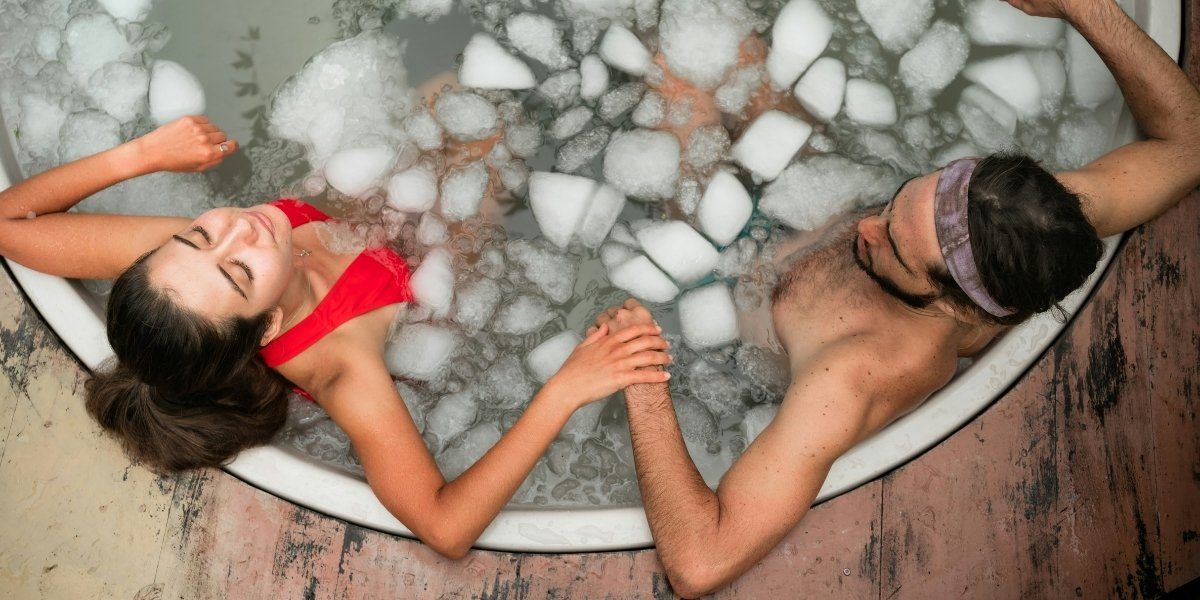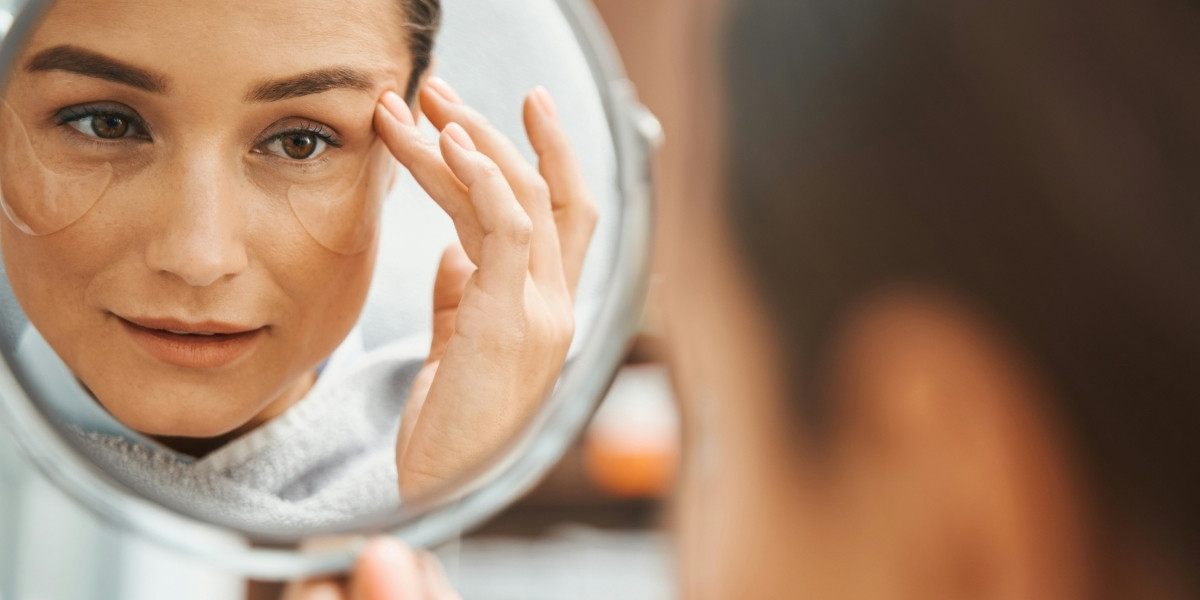Physiological Responses to Cold Exposure
Immersing the body in cold water triggers several significant physiological reactions. Vasoconstriction occurs when blood vessels constrict in response to the cold, reducing blood flow to extremities to preserve core body heat. This reaction helps to minimize heat loss and protect vital organs. In addition, exposure to cold water stimulates the sympathetic nervous system, activating the “fight or flight” response, which increases heart rate and norepinephrine production. Norepinephrine is a hormone that plays a critical role in enhancing focus, reducing pain, and promoting alertness.
Read Also: The Psychology Behind Exercise and Long-Term Motivation
After the initial shock, the body experiences a parasympathetic rebound, where the parasympathetic nervous system takes over, helping to reduce the heart rate and induce a sense of calm. These responses can have significant effects on the body’s overall stress and recovery mechanisms, making cold water immersion both physically and mentally stimulating.
Potential Physical Benefits
Ice baths are widely believed to offer several physical benefits, especially in the context of exercise recovery. One of the most common claims is that they help reduce muscle soreness and inflammation after intense physical activity. The idea is that cold water immersion helps flush out waste products from muscles, such as lactic acid, while also reducing inflammation by constricting blood vessels. This, in turn, is thought to improve recovery time and prevent injury.
However, scientific research on these benefits is mixed. Some studies have shown reduced muscle soreness and increased recovery after intense exercise, but the evidence on inflammation and muscle repair is less conclusive. Cold exposure may help reduce soreness temporarily, but it doesn’t appear to significantly enhance muscle healing or long-term recovery. More research is needed to establish the efficacy of ice baths for these purposes.
In terms of immune function, there is some evidence suggesting that cold water immersion can stimulate the immune system, possibly enhancing the body’s defense mechanisms. However, much of this research is still in the early stages, and further studies are required to validate these claims. As for the effect on metabolic rate, cold exposure does stimulate shivering and thermogenesis (heat production), which can increase energy expenditure temporarily, but the long-term effects on metabolic rate remain uncertain.
Potential Mental and Neurological Benefits
In addition to physical benefits, many people use ice baths for their mental health benefits. Anecdotal evidence suggests that cold water immersion can help reduce stress, improve mood, and enhance mental resilience. The release of dopamine and norepinephrine during cold exposure can improve mood and provide a sense of well-being, while the shock of cold immersion might train the body to better tolerate stress over time, potentially increasing emotional resilience.
There is also growing interest in the potential benefits of cold water immersion for mental health conditions such as depression and anxiety. Some studies suggest that cold exposure can help alleviate symptoms of depression by enhancing the production of certain mood-regulating hormones. While the evidence for this is still limited, the positive impact of cold water on the nervous system and hormone regulation is a promising area of research.
Practical Guidance and Protocols
To safely incorporate ice baths into a wellness routine, several guidelines should be followed. Water temperature typically ranges from 10°C to 15°C (50°F to 59°F), but individuals should start at higher temperatures and gradually decrease the cold exposure as their tolerance increases. The duration of immersion should also be carefully managed; most protocols suggest that 10 to 15 minutes is the optimal duration, as staying in cold water too long can increase the risk of hypothermia and other negative effects.
Frequency is another factor to consider. Ice baths can be taken several times a week, particularly after intense physical activity, but it’s important to listen to your body and avoid overuse. Preparation before an ice bath is crucial—hydrating and warming up beforehand can help the body manage the shock of cold immersion. After the bath, gentle movement or a warm shower can promote circulation and aid in recovery.
Safety Considerations and Risks
While ice baths offer potential benefits, they also carry certain risks, particularly if not done correctly. Hypothermia is a major concern, especially when cold water immersion is prolonged. To avoid this, always limit the time spent in the water, and ensure the temperature is not too extreme. People with certain cardiovascular conditions, such as high blood pressure or heart disease, should consult a healthcare professional before attempting ice baths, as the cold exposure may place additional strain on the heart.
The cold shock response, which causes rapid breathing and an increased heart rate, can be dangerous for those who are unprepared. It is critical to start slowly, allowing the body to adjust over time, and never to immerse the body in cold water without proper supervision or preparation.
Individual Variation and Adaptation
Not everyone reacts to cold exposure in the same way. Factors such as body composition, cold tolerance, and underlying health conditions can significantly influence how an individual responds to ice baths. For example, individuals with a higher body fat percentage may have more insulation against the cold, while those with a leaner physique might experience greater discomfort. It’s important to recognize that gradual adaptation is key. Starting with shorter durations and warmer temperatures, then slowly progressing to colder water and longer immersion times, will help minimize risks and maximize benefits.
Personalization is crucial when incorporating ice baths into a wellness regimen. Each person’s response to cold immersion will vary, and a tailored approach will ensure the safest and most effective use of this practice.
Read Also: Nurturing Your Skin Through Every Stage of Life
The Intersection with Other Wellness Practices
Ice baths can complement other wellness practices, such as breathwork, meditation, and exercise, to enhance overall benefits. For example, combining ice baths with controlled breathing techniques can help manage the initial shock and improve relaxation during and after the bath. Additionally, incorporating mindfulness practices or meditation can amplify the mental health benefits of cold water immersion, fostering a sense of calm and focus.
Furthermore, ice baths can be integrated into athletic recovery routines alongside other methods like stretching, foam rolling, and nutrition to optimize post-exercise recovery. The combination of these modalities may improve performance and reduce the risk of injury.





